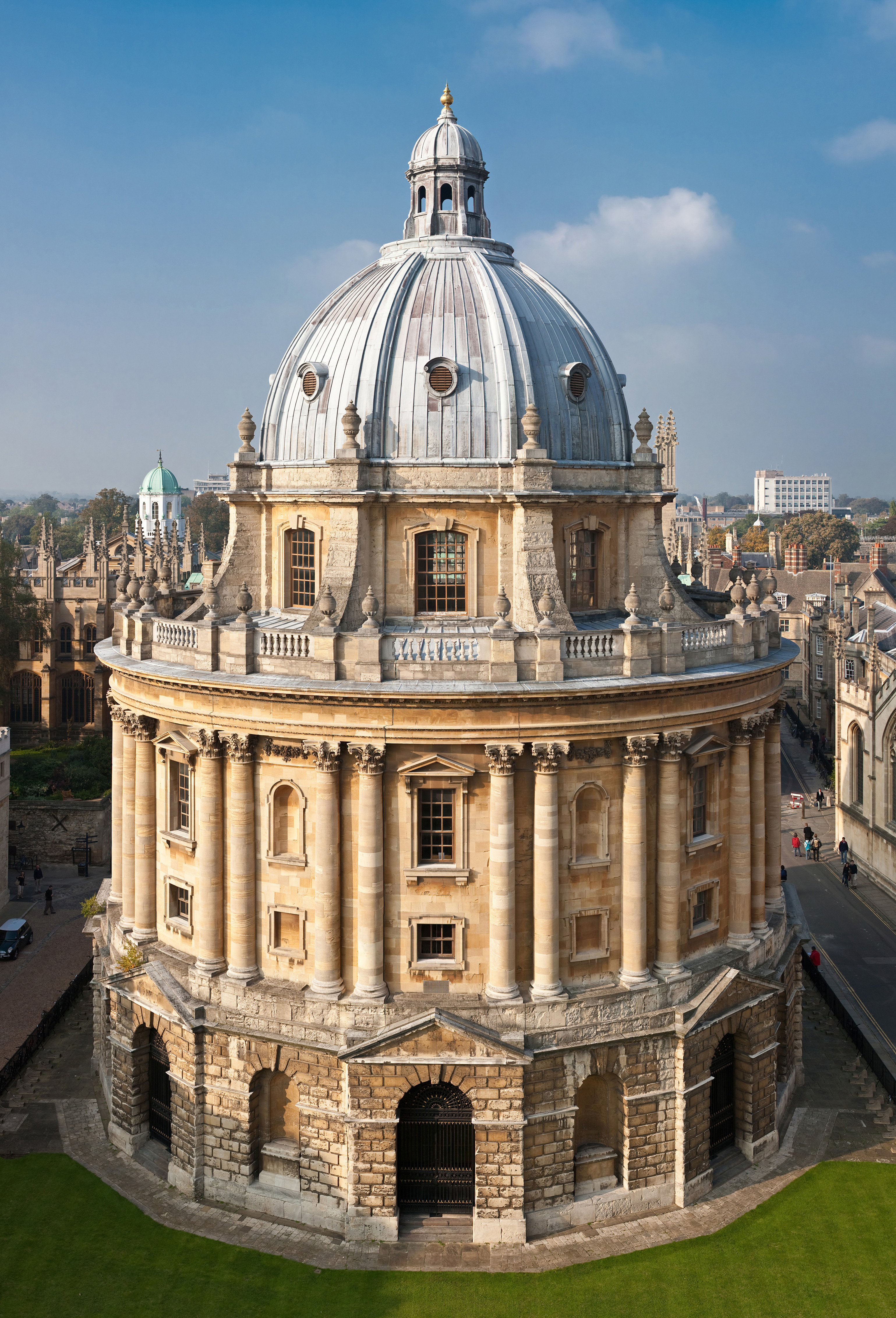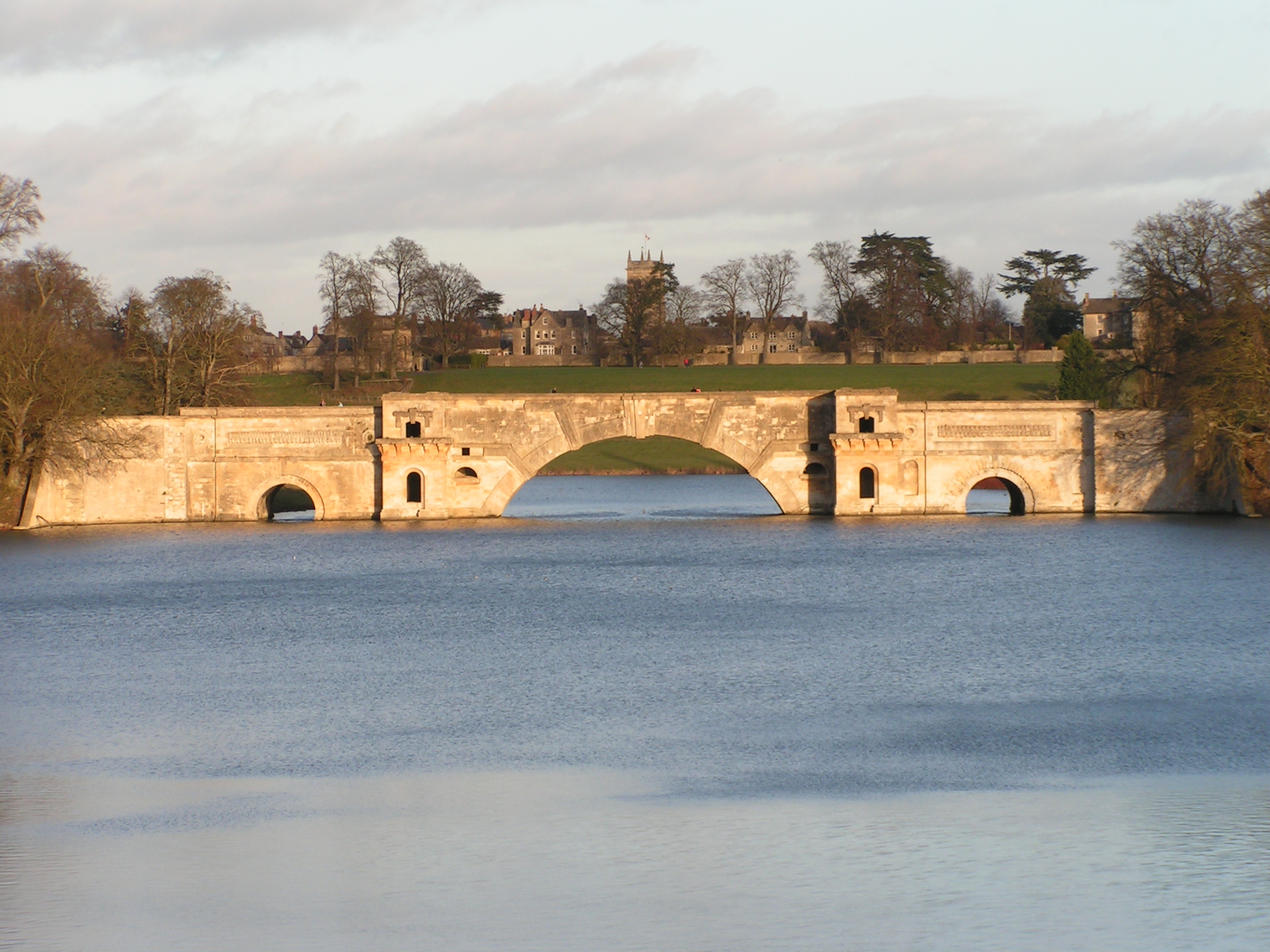William Townesend on:
[Wikipedia]
[Google]
[Amazon]
 William Townesend of Oxford (1669–1739) was a 17th/ 18th century British sculptor, architect and builder associated with several important British buildings.
His masterpiece is the Radcliffe Library in Oxford, completed by his son.
William Townesend of Oxford (1669–1739) was a 17th/ 18th century British sculptor, architect and builder associated with several important British buildings.
His masterpiece is the Radcliffe Library in Oxford, completed by his son.

 He was born around 1669 the son of John Townesend the Elder (1648-1728), who was a prominent mason who also served as Mayor of
He was born around 1669 the son of John Townesend the Elder (1648-1728), who was a prominent mason who also served as Mayor of
File:Clarendon Building, Oxford, England - May 2010.jpg, Clarendon Building
File:All Souls College Chapel Interior, Oxford, UK - Diliff.jpg, All Souls College Chapel Interior, Oxford
File:UK-2014-Oxford-Christ Church 01.jpg, Peckwater Quadrangle, Christ Church
File:Queen's Chapel.jpg, Chapel at
 William Townesend of Oxford (1669–1739) was a 17th/ 18th century British sculptor, architect and builder associated with several important British buildings.
His masterpiece is the Radcliffe Library in Oxford, completed by his son.
William Townesend of Oxford (1669–1739) was a 17th/ 18th century British sculptor, architect and builder associated with several important British buildings.
His masterpiece is the Radcliffe Library in Oxford, completed by his son.
Life

 He was born around 1669 the son of John Townesend the Elder (1648-1728), who was a prominent mason who also served as Mayor of
He was born around 1669 the son of John Townesend the Elder (1648-1728), who was a prominent mason who also served as Mayor of Oxford
Oxford () is a city in England. It is the county town and only city of Oxfordshire. In 2020, its population was estimated at 151,584. It is north-west of London, south-east of Birmingham and north-east of Bristol. The city is home to the ...
in 1682. John's wife
Was Elizabeth Morrell (d.1726) and William was one of four children.
His father was one of the main masons working on Blenheim Palace
Blenheim Palace (pronounced ) is a country house in Woodstock, Oxfordshire, England. It is the seat of the Dukes of Marlborough and the only non-royal, non- episcopal country house in England to hold the title of palace. The palace, on ...
and nicknamed "Old Pincher". Townesend's eldest son, John Townesend the Younger (d.1742), was also a stonemason, with a yard in London, his most noteworthy structures being St Mary-le-Strand
St Mary le Strand is a Church of England church at the eastern end of the Strand in the City of Westminster, London. It lies within the Deanery of Westminster (St Margaret) within the Diocese of London. The church stands on what was until rec ...
and the Mansion House, London
Mansion House is the official residence of the Lord Mayor of London. It is a Grade I listed building. Designed by George Dance in the Palladian style, it was built primarily in the 1740s.
The Mansion House is used for some of the City of Lon ...
.
William was apprenticed to his father and would have become a Freeman mason around 1690. By 1704 he was "college mason" to Christ Church, Oxford
Christ Church ( la, Ædes Christi, the temple or house, '' ædēs'', of Christ, and thus sometimes known as "The House") is a constituent college of the University of Oxford in England. Founded in 1546 by King Henry VIII, the college is uniqu ...
.
In 1720 he followed further in his father's footsteps and was elected Mayor of Oxford
The earliest recorded Mayor of Oxford in England was Laurence Kepeharm (1205–1207?).
On 23 October 1962 the city was granted the honour of electing a Lord Mayor. Notable figures who have been Lord Mayor of Oxford include J. N. L. Baker (19 ...
.
He died in Oxford on 22 September 1739. He is thought to be buried in the family plot in St Giles Churchyard in Oxford. His will was read on 5 October 1739, and is held in the National Archives at Kew.
Family
He was married to Mary around 1705. Their son John (1709-1746) was also a stonemason and sculptor. Following his father's death in 1739 John completed the Radcliffe Library.Architectural works
*Remodelling atCarfax, Oxford
Carfax is the junction of St Aldate's (south), Cornmarket Street (north), Queen Street (west) and the High Street (east) in Oxford, England. It is considered to be the centre of the city. The name "Carfax" derives from the Latin ''quadrifurcus ...
(1707)
*Peckwater Quadrangle
The Peckwater Quadrangle (known as "Peck" to students) is one of the quadrangles of Christ Church, Oxford, England. It is a Grade I listed building.
Christ Church Library is on the south side of the quad. To the southeast is Canterbury Quadra ...
of Queen's College, Oxford
The Queen's College is a constituent college of the University of Oxford, England. The college was founded in 1341 by Robert de Eglesfield in honour of Philippa of Hainault. It is distinguished by its predominantly neoclassical architecture, ...
(1709)
*Clarendon Building
Clarendon Building is an early 18th-century neoclassical building of the University of Oxford. It is in Broad Street, Oxford, England, next to the Bodleian Library and the Sheldonian Theatre and near the centre of the city. It was built betwee ...
, Oxford (1712) under Nicholas Hawksmoor
Nicholas Hawksmoor (probably 1661 – 25 March 1736) was an English architect. He was a leading figure of the English Baroque style of architecture in the late-seventeenth and early-eighteenth centuries. Hawksmoor worked alongside the principa ...
*Chapel and Hall at Queen's College, Oxford
The Queen's College is a constituent college of the University of Oxford, England. The college was founded in 1341 by Robert de Eglesfield in honour of Philippa of Hainault. It is distinguished by its predominantly neoclassical architecture, ...
(1714) interior and exterior
*Library at Queen's College, Oxford
The Queen's College is a constituent college of the University of Oxford, England. The college was founded in 1341 by Robert de Eglesfield in honour of Philippa of Hainault. It is distinguished by its predominantly neoclassical architecture, ...
*Link between Hall and Chapel (1718)
*Remodelling interior of Chapel at All Souls College, Oxford
All Souls College (official name: College of the Souls of All the Faithful Departed) is a constituent college of the University of Oxford in England. Unique to All Souls, all of its members automatically become fellows (i.e., full members of t ...
(1719)
*Altarpiece in Chapel (1719)
*Major work at Blenheim Palace
Blenheim Palace (pronounced ) is a country house in Woodstock, Oxfordshire, England. It is the seat of the Dukes of Marlborough and the only non-royal, non- episcopal country house in England to hold the title of palace. The palace, on ...
with Bartholomew Peisley (1721 onwards) in place of his elderly father to the designs of Hawksmoor
Nicholas Hawksmoor (probably 1661 – 25 March 1736) was an English architect. He was a leading figure of the English Baroque style of architecture in the late-seventeenth and early-eighteenth centuries. Hawksmoor worked alongside the principa ...
*Grand Bridge at Blenheim (1721)
*Triumphal Arch (Woodstock Gate) at Blenheim (1721)
* Radley House (1721 to 1725)
*Chapel interior at Blenheim (c.1723)
*Column of Victory in Blenheim Park (1727) to the designs of Henry Flitcroft
Henry Flitcroft (30 August 1697 – 25 February 1769) was a major English architect in the second generation of Palladianism. He came from a simple background: his father was a labourer in the gardens at Hampton Court and he began as a joiner by t ...
*Hall and kitchen at All Souls College, Oxford
All Souls College (official name: College of the Souls of All the Faithful Departed) is a constituent college of the University of Oxford in England. Unique to All Souls, all of its members automatically become fellows (i.e., full members of t ...
(1729)
*Cupola at Queen's College, Oxford
The Queen's College is a constituent college of the University of Oxford, England. The college was founded in 1341 by Robert de Eglesfield in honour of Philippa of Hainault. It is distinguished by its predominantly neoclassical architecture, ...
(1733)
*Radcliffe Camera
The Radcliffe Camera (colloquially known as the "Rad Cam" or "The Camera"; from Latin , meaning 'room') is a building of the University of Oxford, England, designed by James Gibbs in neo-classical style and built in 1737–49 to house the Radcl ...
with William Smith of Warwick (1737 until death) to the designs of James Gibbs
James Gibbs (23 December 1682 – 5 August 1754) was one of Britain's most influential architects. Born in Aberdeen, he trained as an architect in Rome, and practised mainly in England. He is an important figure whose work spanned the transi ...
Monuments
*Bust of John Wallis in St Mary's Church Oxford (1703) *Monument to Sir Thomas Powell in Llanbadarn nearAberystwyth
Aberystwyth () is a university and seaside town as well as a community in Ceredigion, Wales. Located in the historic county of Cardiganshire, means "the mouth of the Ystwyth". Aberystwyth University has been a major educational location in ...
(1706)
*Bust of David Gregory in St Mary's Church Oxford (1708)
*Monument to James and John Narborough
Rear-Admiral Sir John Narborough (or Narbrough, c. 1640–1688) was an English naval commander. He served with distinction in the Anglo-Dutch Wars and against the pirates of the Barbary Coast. He is also known for leading a poorly understood e ...
in Oxford Cathedral
Christ Church Cathedral is the cathedral of the Anglican diocese of Oxford, which consists of the counties of Oxfordshire, Buckinghamshire and Berkshire. It is also the chapel of Christ Church, a college of the University of Oxford. This dual r ...
(1708)
*Monument to his father John Townesend in St Giles churchyard Oxford (1728)
Gallery
Queen's College, Oxford
The Queen's College is a constituent college of the University of Oxford, England. The college was founded in 1341 by Robert de Eglesfield in honour of Philippa of Hainault. It is distinguished by its predominantly neoclassical architecture, ...
File:Woodstock Gate, Blenheim Palace.jpg, Woodstock Gate, Blenheim Palace
References
{{DEFAULTSORT:Townesend 1739 births People from Oxford English sculptors English architects